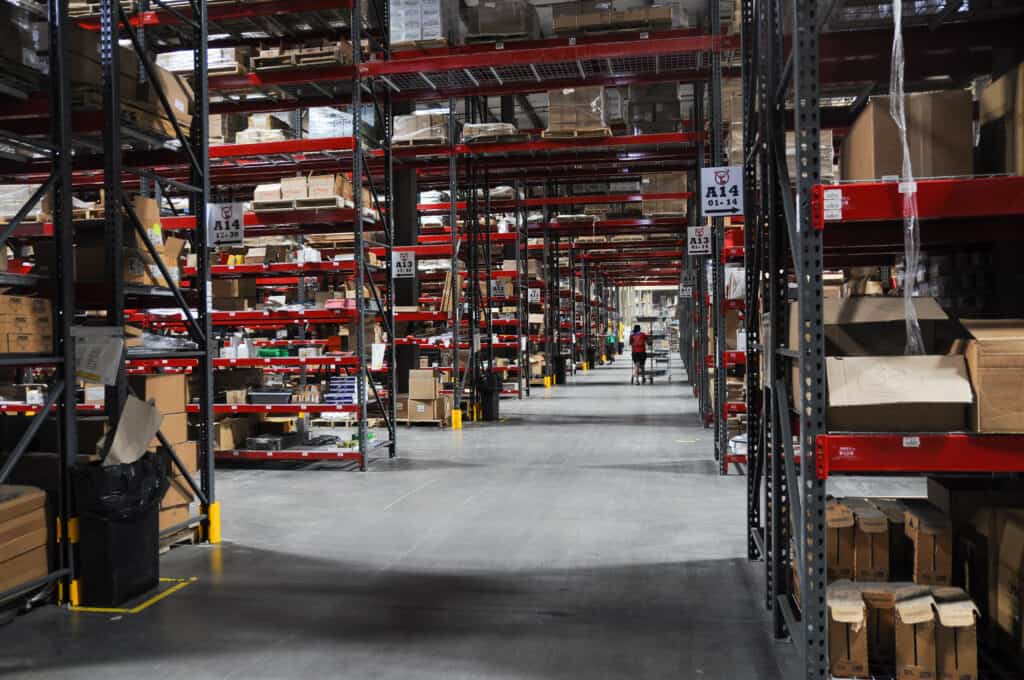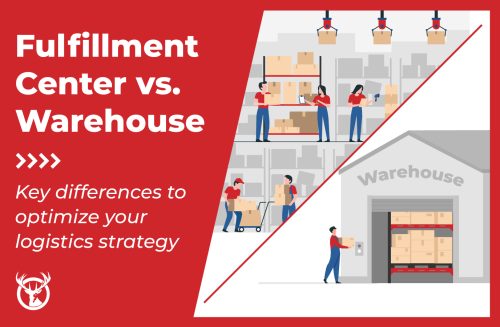Warehouse slotting is an inventory management tool that can increase the efficiency of your operations. Before you dive into slotting, it’s important to collect data on your past sales. You should also understand the storage and handling needs of fragile and heavy items. This will allow you to optimize storage and better organize your inventory.
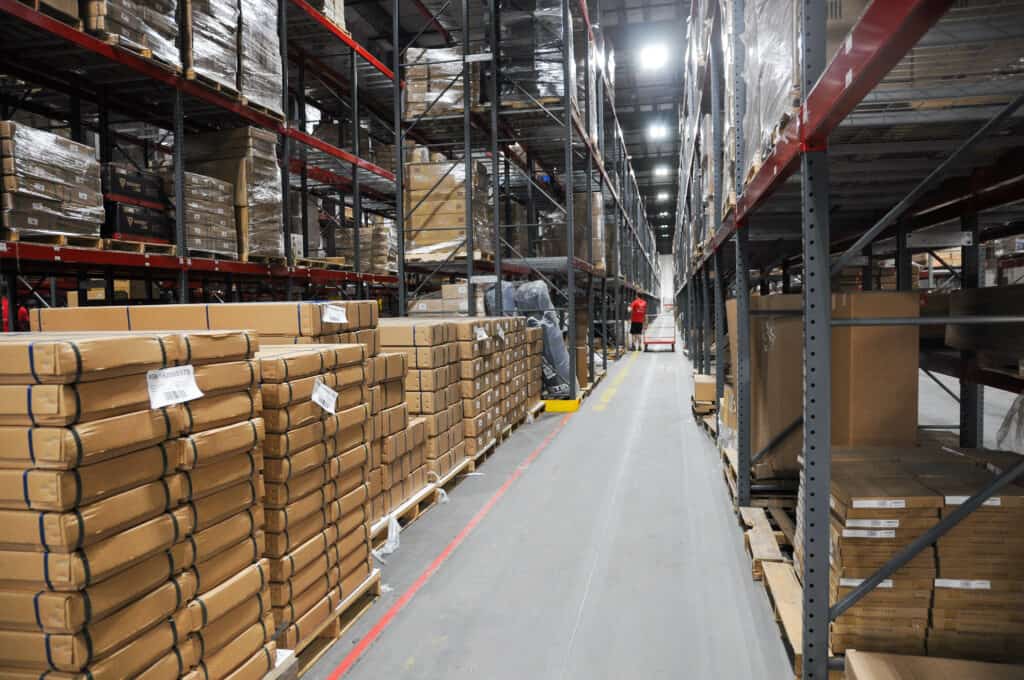
What is slotting in a warehouse?
Slotting is the process of organizing your warehouse for optimal product picking. It is a form of inventory management.
Warehouse slotting often involves analyzing the available storage and the items to be slotted. The next consideration for your slotting strategy is the optimal placement of different products. There are various methods for warehouse slotting.
First, however, a note about slotting fees. Slotting can also refer to the placement of products in brick-and-mortar retail. The competition for the most visible and accessible shelf space in stores is fierce. Retailers sometimes capitalize on this by charging slotting fees. Slotting fees are charges that manufacturers pay for prime shelf placement in stores. Third-party logistics companies don’t charge slotting fees for shelf placements in a warehouse or distribution center.
How to develop a winning slotting strategy for your warehouse or distribution center
There are many approaches to organizing your warehouse space. The best slotting strategy for your eCommerce business depends on the number of products you sell, the types of items in your product line, and whether you sell mostly individual items or larger quantities.
Here are some of the most common approaches to warehouse slotting. You may combine multiple strategies to optimize your space and speed up your order picking.
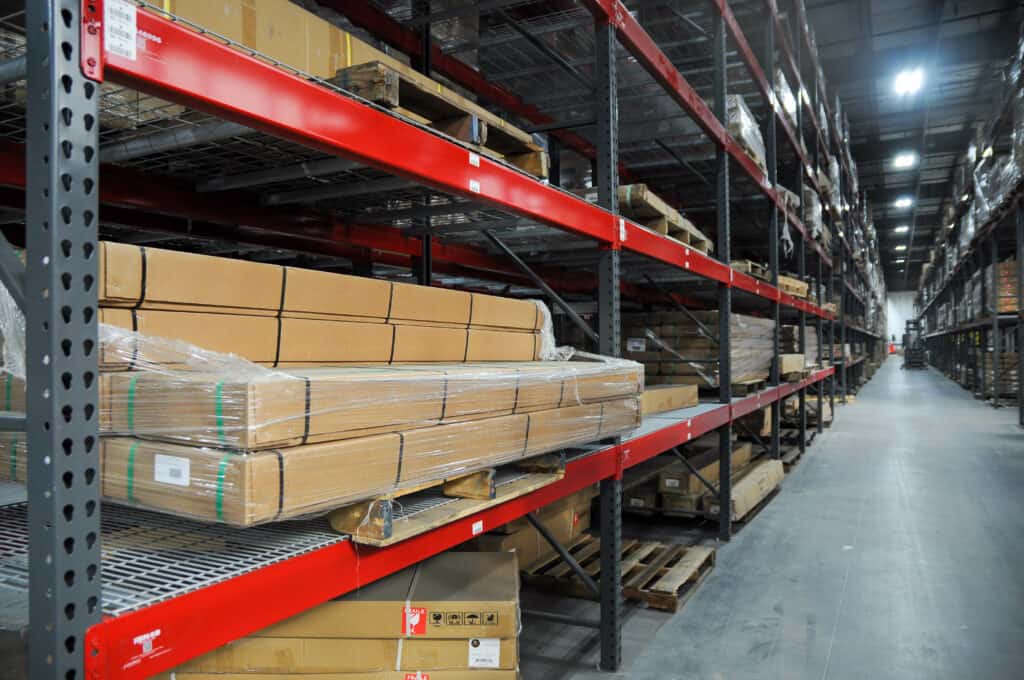
Slotting by sales volume
One of the most common warehouse management optimization strategies is to place the products with the highest turnover in the slots closest to the packing station. Prioritizing fast-selling items reduces the travel time for workers as they pull the most popular items during the picking process. Products that move the most slowly get slots in the least accessible warehouse zones.
Warehouse slotting by sales volume or velocity has one downside, however. In a busy warehouse, concentrating too many workers in the same area can lead to bottlenecks. In that case, try a hybrid approach or use zone or wave picking to improve picking efficiency.
Full pallet, case, and item picking
The quantities in a typical order will also affect your warehouse slotting strategy. You typically wouldn’t store items that sell by the full pallet in the same warehouse space as individual products that need a small amount of shelf space.
For example, imagine a company that sells cleaning supplies. Janitorial companies might order a case or even a full pallet of cleaning solution. If the company has a retail sales arm as well as janitorial supply, it might sell one or two jugs of cleaning solution to a retail customer. The warehouse slotting strategy for this company would reflect these different types of sales. If most of their sales are by the case, the shelves nearest the packing and shipping area would be designed to hold full cases.
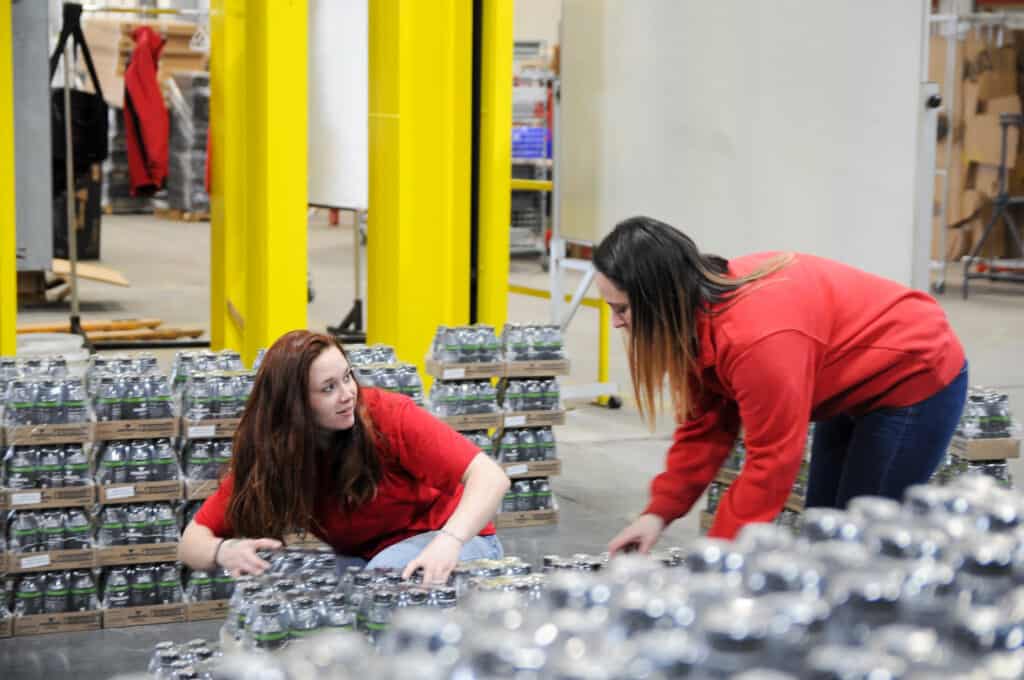
Product weight and type considerations in warehouse layout
Another critical consideration in warehouse layout is the nature of the products. Heavy items probably need space on or near ground level. From there, workers can easily load boxes onto picking carts built to carry heavy loads safely.
Storage for fragile items should be on a level that facilitates careful handling during picking. You may want to keep fragile products in a slot where they aren’t likely to be broken or damaged as other products are placed on and off the shelves.

Seasonal changes in warehouse organization
Moving items from one warehouse space to another can be time-consuming. However, it can be worth it if you have significant differences in seasonal volume of certain items.
If you sell holiday decorations, moving items into prime warehouse slotting spaces by season may be a no-brainer. However, seasonal changes to slots can also be worthwhile, even if seasonal differences in sales are more subtle.
For instance, a company that sells utility tools might give their prime warehouse space to the models that are most popular with their loyal customers. These fall in the middle of the company’s price range, designed for practicality rather than flashiness.
During the holiday season, however, the top-of-the-line toolset becomes a best seller. For gift season, the high-end toolsets make exciting gifts for the builders and fixers in people’s lives. If this change in relative sales volume is significant enough, it makes sense to move these items closer to the packing station. The set comes with a custom engraved case, so you need to balance ease of picking with proximity to a kitting station.
Chaotic vs. fixed slotting
Fixed slotting is a warehouse slotting method where you assign a specific space to each product. During inventory replenishment, you replace each SKU in its designated slot on the shelf. You can keep a map of the warehouse with the slots for each item.
With the chaotic slotting method, items don’t have set slots. When an item comes in, you assign it to the most appropriate space available. To manage a chaotic inventory management system, you’ll need warehouse management software.
The process of organizing items for warehouse slotting isn’t always intuitive. When you organize your kitchen cabinets, you put like with like. Pots and pans go in one drawer, mixing bowls in another. In your closet, you might group clothing by color.
Both chaotic and fixed slotting methods can turn these principles on their heads. Your warehouse should be designed to reduce errors when orders are picked. If you sell a red polo shirt in six sizes and you group them all together, it’s easy for a picker to pull a size L when they needed XL. If you place each size in a different aisle and even zone of the warehouse, the picker will go to the XL shirt’s location, and that will be the only red shirt on the shelf.
Chaotic warehouse slotting also places similar items in different locations to improve the picking process. The 4-quart and 6-quart broiling pans can’t get mixed up if you slot them apart from each other.

Why warehouse slotting is essential for eCommerce companies
Optimizing your inventory storage is more central to your company’s profitability than you may realize. It’s essential to understand the value of warehouse slotting for eCommerce. That will help you give slotting the time and attention it deserves.
Here are just a few of the benefits of developing a practical slotting strategy.
Faster fulfillment
Carefully planned warehouse slotting reduces travel time for the workers picking the orders. Slotting can help you place the highest-volume products on shelves that are easiest for employees to reach. This warehouse organization can give a boost to your fulfillment operations.
When you optimize your warehouse space, you increase the number of orders a worker can pick in a day. Warehouse slotting can help you prevent fulfillment backlogs without the need to bring in temporary staff. Savings on staff is just one of the ways that a well-organized warehouse can reduce your fulfillment costs.
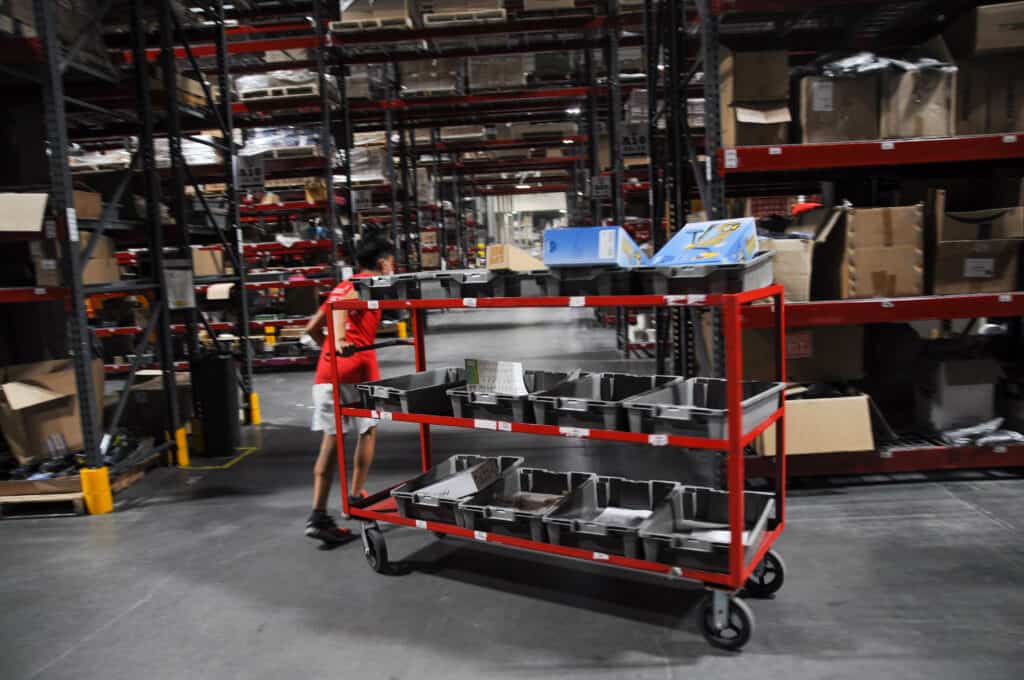
Fewer errors
When you slot inventory according to your warehouse management plan, you set your staff up for success. By taking steps such as separating the different sizes of red polo shirts, you make it easy for pickers to identify the correct SKUs for each order quickly.
Also, storing heavy and fragile items in appropriate slots can reduce damage. Appropriate storage saves money by reducing inventory shrinkage.
Better use of warehouse space
Warehouse slotting helps maximize your storage capacity by using your warehouse space to its fullest. With a well-organized warehouse layout, you have the potential to rent a smaller warehouse. This is yet another way that slotting can reduce your overhead.
Improved employee productivity
Organizing your warehouse helps employees have clear paths for efficient order picking. A good slotting strategy and well-organized pick list allows workers to find and pick the correct SKU quickly. They don’t have to waste time returning a product to the shelf. Workers don’t have to maneuver carts around each other during the picking process.
Of course, warehouse slotting is only one element of a comprehensive inventory management strategy.
Using warehouse slotting to improve customer happiness
At the end of the day, the goal of your eCommerce company is more happy customers. Happy (and loyal) customers are like money in the bank for your eCommerce business.
Anything that improves the customer experience will help boost your business. Your customer won’t ever know about your fabulous warehouse slotting system. But they will be delighted when their order arrives quickly and correctly picked and packed. All in a day’s work for your warehouse slotting strategy.
